Much has been talked about equities caught on the wrong foot after the S&P downgraded America’s credit rating. A week on, equities are still trying to get back into their groove.
But if we look at the other world of commodities, there is a paradox. While gold is at an all-time high, crude and metal prices are falling as growth in real terms does not look promising. We look at the major commodities in India, which include coal, iron ore, steel, aluminium and cement. For each of these commodities, we analyse the trend and the impact on major players and the sectors that get affected by the volatility in the respective metal prices.
Coal
Major Players: Coal India (CIL), which has a monopoly, is largely insulated from the world prices as it sells coal on an average of 50-60 percent discount to international prices. The only grades of coal actually related to international prices belong to the A and B grades, which must be sold at a minimum of 20 percent discount to world prices and can be revised every six months. Here again, CIL does not have to worry much as these grades form less than 10 percent of its sales.
Second, coal prices in the world are in no hurry to come down. But CIL’s worry lies elsewhere, with less availability of railway rakes, volumes not improving, environmental concerns forcing it to curb production and the new mining bill proposing to share 26 percent of its profits.
Impact: The impact will be mainly felt by the power sector as well as hard commodities. NTPC, the largest power producer, is relatively safe as it gets most of its coal from CIL at discounted prices. CIL has a mandate to supply major power players at least 90 percent of coal fixed over long-term contracts. Currently, it delivers around 93 percent of it. The other players mostly buy coal from it through e-auction, which is competitive by global standards. Steel players like Tata Steel which own captive mines are also insulated from price hikes in coal.
Iron ore
Players: The Mining Bill proposes to double the royalty payment, which is bad news, to begin with. This was followed by the Supreme Court’s mining ban in Karnataka, which was partially lifted to permit NMDC, a state-owned mining company, to mine one million tonnes per year for domestic steel producers - iron ore is a key input for steel-making. The Karnataka government chipped in, saying it would charge a royalty of 10 percent of the market prices, against 10 percent of the price set by the Indian Bureau of Mines. Meanwhile, Goa too ordered 38 iron ore mines to shut down for not complying with pollution control norms, piling up more agony for steel companies.
Sesa Goa has benefited from the ban on mining mainly imposed on NMDC, as demand has driven prices up, which has nullified the effect of export ban. However, investigations may now spread to the whole of Karnataka, which poses a big threat to Sesa too.
Impact: The worst hit has been the steel sector because of low iron ore supply. The Bellary region supplies iron ore for almost 25 percent of total steel supply in the country which has been stalled. But JSW Steel has taken the maximum hit, which apart from being named in the Lokayukta report on illegal mining, depends crucially on this sector for its ore supply. Even if it increases its iron ore supply from NMDC by 1 million tonne, the company would still face a shortage of 9 mt of ore, which will have to be sourced from the spot market at a higher price. Motilal Oswal Securities estimates that this will increase the average cost of iron ore supply by Rs 700-900 per tonne. JSW Steel has already confirmed that it is shutting two furnaces with a total capacity of 1.8 mt. That means the company’s output could stay under 6 mt.
Steel
Players: Given the shortage of raw materials, some players like JSW Steel would fall short of the volume guidance for the year. This would give better pricing power to other players like Tata Steel and Essar Steel. In some segments like hot rolled coil steel, JSW might try and hike prices by around Rs 3,000 per tonne, citing higher raw material cost only if international markets stay buoyant. Tata Steel will be a big gainer as it has captive mines in Jharkhand and Orissa and will benefit from supply constraint scenario. Jindal Steel and Power is also not affected by the Bellary mining ban as it has secured its raw material supply through captive mining and long-term arrangements with third parties. However, coking coal prices still remain high and demand for steel does not look encouraging for now. Steel makers are also making more value added products and less of semi finished steel so that their margins can improve.
Impact: The greatest impact would be felt by the auto sector if steel prices go up. In fact, auto
industry will be affected due to the rise in all commodity prices like steel, aluminium, copper and rubber. Moreover, rising interest rates have seen a slump in demand for auto by 16 percent. So, the auto players might have to go for advertising spends for sustaining decent volumes. This means their margins will be under pressure for this year. IDFC expects a 30-130 bps (100bps=1 percent) decline in operating margins, capping earnings growth to 8 percent this year.
Aluminium
Players: Aluminium prices have stayed flattish even after the downgrade. They will be facing cost pressure due to rising coal prices and subsequently higher power costs. Nalco has raised prices by Rs 5000 per tonne after slashing prices by Rs 8,000 for past two months which might improve its margins.
Hindalco subsidiary Nalco showed a 24 percent jump in profits for this quarter, driven by robust demand from the electronic segment, auto sector and beverage can sector. Hindalco is set to benefit from expansion plans and steady capacity expansion. For Sterlite, its quarterly numbers were good mainly because of its copper and zinc operations. The aluminium cost went up by 10 percent due to pricey coal, and worries are likely to remain.
Impact: Firm aluminium prices will impact cable manufacturers the most, which include Power Grid Corporation, Cable Corporation of India, Universal Cable, KEC International (RPG Cable is a part of it). However, there is still no indication that prices might go up sharply to harm their margins in a noticeable way.
Cement
Players: Cement is still in an over supply situation, which means two things. One, the capacity utilisation is still low with capacity addition surpassing demand over the last two years. Second, the pricing power of cement companies remains muted due to low demand. IIFL expects things to improve, but the next fiscal the situation may remain unchanged if infrastructure and real estate projects face some slowdown. The demand may be more robust in north, west and east, which means companies like Ambuja and Ultratech will benefit among large cap players. For Ambuja, 90 percent of its sales come from these three regions while Ultratech derives 65 percent of revenue from here.
Impact: The benefits of low cement prices will mainly be reaped by the real estate and infrastructure sectors. However, infra and realty players are not in a position to meaningfully cash in on low cement costs as they themselves are suffering from multiple setbacks. Improvement in their activity will not be helpful either as rising demand will push cement prices up as well. Since the demand from the two sectors is complementary, infra or realty margins will not get kicks due to plummeting cement prices.


)




)
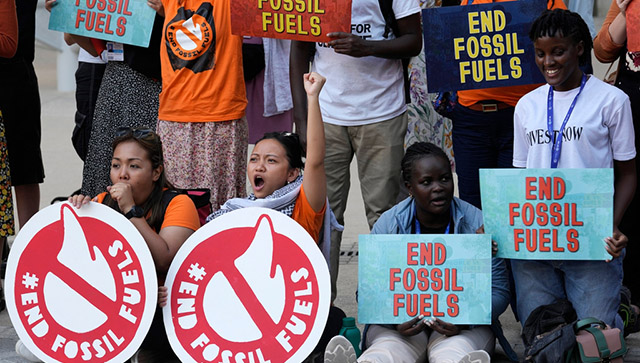)
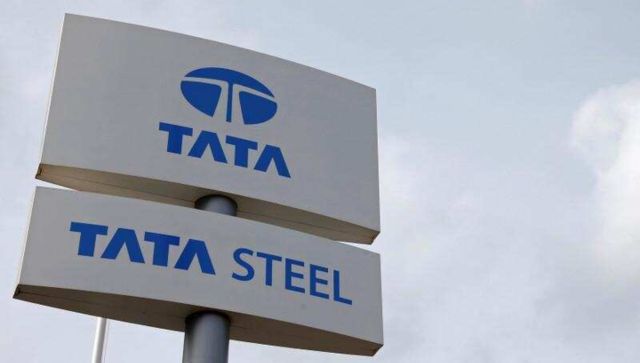)
)
)
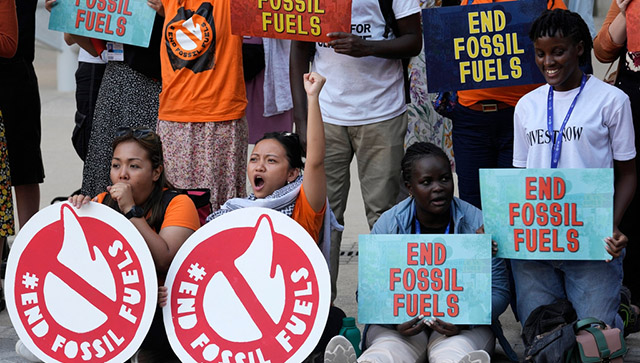)
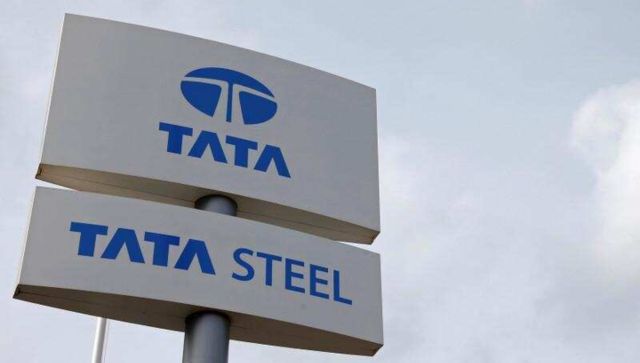)
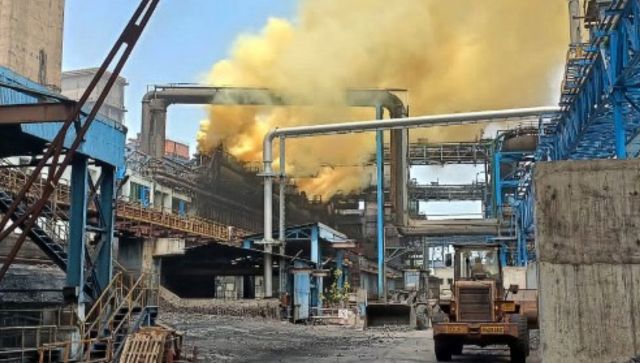)